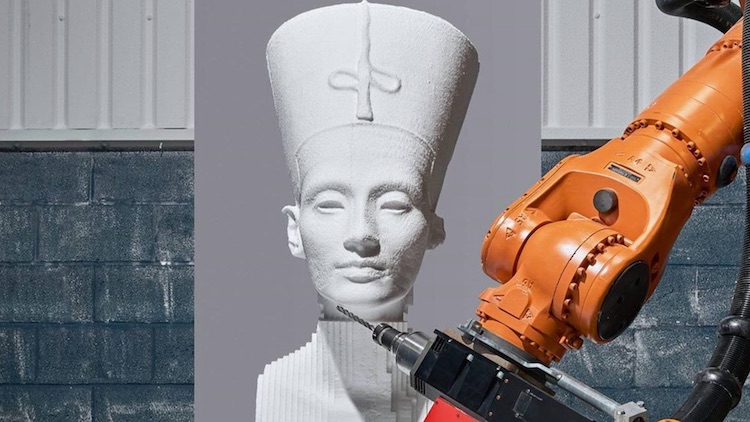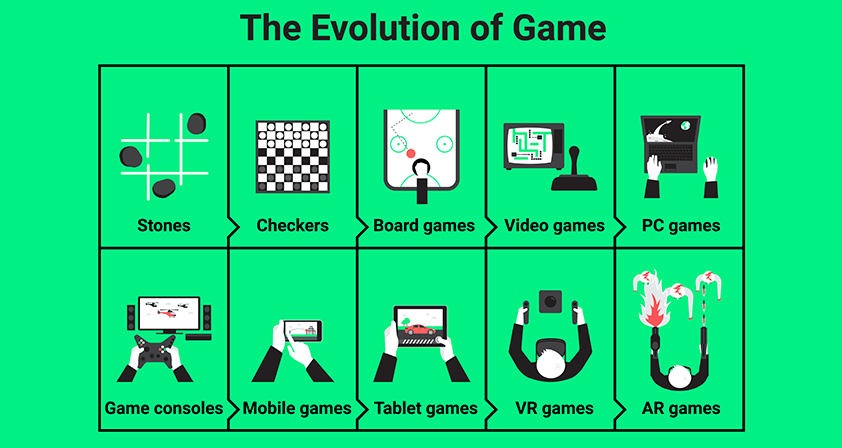The creation of realistic props for movies and TV shows demands precision and attention to detail. Precision machining, including techniques such as surface grinding, plays a critical role in achieving the desired look and feel, ensuring that props appear authentic on screen. In this article, we will explore the role of precision machining in the production of high-quality movie and TV props, highlighting its significance in the entertainment industry.
The Importance of Realistic Props
The success of a movie or TV show often depends on the believability of its props. Audiences expect a high level of realism, and anything less can negatively impact their viewing experience. As a result, prop makers must utilize various techniques to ensure that their creations are as authentic as possible.
How Precision Machining Contributes to Prop Realism
Precision machining is a critical component in the creation of realistic props. It involves the use of advanced tools and equipment to produce intricate designs and patterns that closely mimic real-life objects. One technique used in precision machining is surface grinding, which helps achieve the desired surface finish and texture.
Surface grinding allows for the removal of minute imperfections and ensures that props have a polished appearance. The process involves the use of a grinding wheel to remove small amounts of material from the prop’s surface, leaving a smooth and even finish.
Materials Used in Prop Production
The choice of materials is crucial in creating props that closely resemble real-life objects. Some of the most commonly used materials include metals, plastics, and composite materials. For instance, a clear polycarbonate sheet can be used to create transparent or glass-like props, while aluminum bars are ideal for lightweight yet sturdy structures.
Collaboration Between Prop Makers and Machinists
In the entertainment industry, collaboration between prop makers and machinists is essential. Prop makers usually have a strong background in art and design, while machinists possess the technical skills to bring these designs to life. By working together, these professionals can produce props that are visually stunning and technically precise.
The Future of Prop Production
As technology continues to advance, so do the methods used in prop production. New materials and techniques are being developed, allowing for even more realistic and intricate props. Additionally, technologies such as 3D printing and CNC machining are becoming increasingly accessible, further enhancing the capabilities of prop makers.
Conclusion
Precision machining, including surface grinding, plays a vital role in the production of high-quality movie and TV props. By ensuring that props are realistic and authentic, prop makers can help create a more immersive and engaging experience for audiences. As technology continues to advance, we can expect even more impressive props in the future, pushing the boundaries of what is possible in the world of entertainment.




